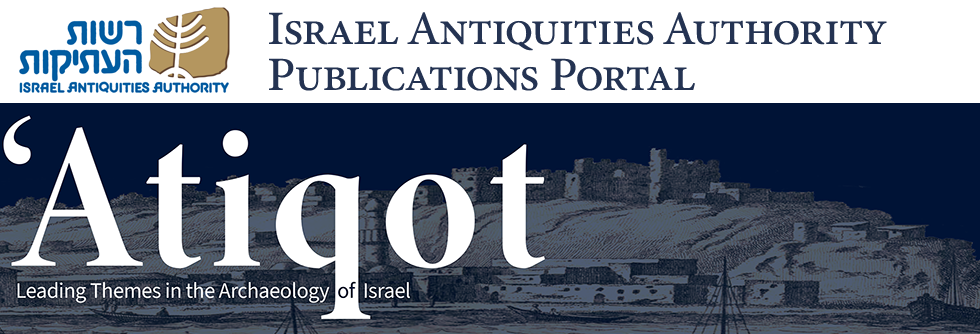Abstract
Khirbat Khudash (Ḥudaš; modern-day Bet Arye), a small planned and fortified Iron Age IIB site with numerous oil presses, was discovered during a survey of the southwest Samaria Highlands by the author in 1979–1980 and subsequently excavated. The discovery and study of Khirbat Khudash, along with the nearby similar sites of Qla‘, Khirbat Deir Daqla and Kurnet Bir et-Tell—and their comparison to other Iron Age II rural settlements in southwest Samaria—illuminates a little-known but significant economic activity of mass-produced olive oil controlled by the Israelite Kingdom in the eighth century BCE. The site and pressing installations are described here, with an emphasis on the technological and structural implications of Iron Age II olive oil production. Calculating the site’s oil-production capacity enables the reconstruction of its economic significance within the royal administrative system of that period.
Keywords
Khirbat Khudash, Bet Arye, Qla‘, olive-oil mass production, Iron Age IIB, southwest Samaria Highlands, royal oil-production centers, royal economy
Recommended Citation
Eitam, David
(2025)
"Khirbat Khudash (Bet Arye): A Royal Olive Oil Production Center in the Kingdom of Israel,"
'Atiqot: Vol. 118, Article 5.
DOI: https://doi.org/10.70967/2948-040X.2317
Available at:
https://publications.iaa.org.il/atiqot/vol118/iss1/5
Included in
Agriculture Commons, Biblical Studies Commons, History of Art, Architecture, and Archaeology Commons

